Property News Round Up March 2016
This month we take a look at property sales and price trends, the extension of the Help to Buy Scheme in 2016, the supplementary Land and Buildings Transaction Tax (LBTT) charge for buy-to-let investors and second-home buyers, the possible effect of the EU Referendum on house prices and also the likelihood of interest rates rising in the near future.
Property Sales Remain Comparatively Strong
As we start to see the first faint glimpses of Spring, property sales activity has remained very strong early in 2016.
The latest figures released by ESPC show that the number of homes sold in East Central Scotland between December 2015 and February 2016 decreased by 4.7% compared to the same period the year before. However, the number of properties coming to the market in that same period decreased by 8.7%. This means that proportionately more properties sold in the past three months when compared with the year before.
The same report also revealed that the average selling time for properties in East Central Scotland is 38.4% faster when compared with the same three month period the previous year, having decreased from 62 days to 38 days.
Reduction in Properties Coming to Market Strengthens Seller’s Market
The latest ESPC figures reveal that the number of new properties coming to the market between December 2015 and February 2016 decreased by 8.7% compared with the same period a year ago.
It is worth noting, when looking at these comparative figures, that between December 2015 and February 2016 the market was preparing for replacement of Stamp Duty by Land and Building Transaction Tax (LBTT) on 1 April 2015. This led to a flurry of higher-value properties coming to the market in an attempt to take advantage of the pre-LBTT regime, with LBTT on properties worth more than £333,000 being more expensive than the comparable Stamp Duty. Nevertheless, there is no doubt that this year has seen a cooling of the market when it comes to property owners wanting to get their property onto the market for sale, mainly fuelled by sellers struggling to find a property to buy, and this is something that we have seen at MOV8 during this period.
With a less crowded market place, the properties that are being coming to market are in even higher demand. The increased competition for these properties is likely to be contributing to the increase in properties achieving, or exceeding, their asking prices. At MOV8, during January and February 2016, 80% of the properties we sold achieved a selling price at least equal to their asking price, with 66% achieving a sale price in excess of their asking price.
House Price Trends
In a break with the trend experienced throughout 2015, house prices decreased slightly, with an annual decrease of 1.7% within Edinburgh during the period from December 2015 to February 2016. This places the average selling price within Edinburgh during that period at £222,628, down from £226,441 the year before, according to the latest figures released by the ESPC.
The average selling price across the whole of East Central Scotland, between December 2015 and February 2016, decreased by 3.6% in comparison with the same period the previous year. While the overall selling price decreased slightly, there are sections of the market where prices are continuing to rise. For example, selling prices of two bedroom flats in the Leith areas of Edinburgh increased by 16.9%, one bedroom flats in Polworth, Shandon and Tollcross areas of Edinburgh have seen average prices increase by 14.8% and two bedroom flats in Newington and the Grange areas have seen average increases of 22%.
Caution, as always, must be exercised when looking at these sorts of statistics as the types and sizes of two-bedroom flats do vary and it is possible that there has been an increase in the proportion of sales of larger two-bedroom flats, for example, in these areas. Nevertheless, these statistics make very positive reading for anyone who is thinking of selling a property of this type in these areas.
The UK’s EU Referendum
With the date for the referendum about the UK’s continued membership of the EU due on 23 June 2016, we are forced to consider what the effect of either outcome of the referendum on the housing market in Scotland would be.
It is likely that the effect would mainly depend on its general impact on the economy. A survey earlier this year by accountants KPMG found that 66% of real estate experts believed that ‘Britain leaving the EU would have a negative impact on inbound cross-border investment’.
The central London property market would be hardest hit, but the impact would not be confined to the Capital. Conversely, if the ‘out’ supporters are to be believed and the UK, freed from EU regulations, attracted more inward investment instead of less, the likely effect would be that the property market would benefit.
We will comment further on this as the referendum comes closer, but we do not anticipate that the referendum will have a significant impact upon the majority of the Scottish property market.
Help to Buy Scheme Extended
Since 1 March 2016, applications are being accepted for the Scottish Government’s ‘Help to Buy’ scheme. The Scottish Government announced earlier this year that the three-year, £195 million Help to Buy scheme will help thousands of lower income households to purchase a new build home.
The Scottish Government has also announced £160 million in new funding to support its additional Help to Buy home ownership schemes in the next financial year, starting in April 2016.
The ‘Scottish Government Help to Buy (Scotland): Affordable Home Ownership Scheme’ will be available to help approximately 3,000 households this year, with around £80 million in equity support being made available. An additional £80 million will be allocated to the Open Market Shared Equity Scheme (OMSE) which will help an additional 2,000 eligible first time buyers on lower incomes on to the property ladder.
Land and Building Transaction Tax (LBTT) Supplement for Buy-to-Let
The Scottish Government, on 16 December 2015, announced a change in Land and Building Transaction Tax (LBTT) for Buy-to-Let investors and people buying a second home.
Scotland’s Finance Secretary, John Swinney, announced that there will be an additional supplement of 3% of the purchase price of the property, on top of the existing LBTT that would be charged for non-buy to let investors and people who are not buying a second home. This new tax supplement on LBTT will apply to anyone purchasing an additional property for £40,000 or more. The announcement echoes a statement by the UK’s Chancellor of the Exchequer, George Osborne, in November 2015 which applied to the rest of the UK.
This means that properties that are currently exempt from LBTT, due to their purchase price being under £145,000, will be subject to the new tax of 3% of the total purchase price for these categories of buyers.
At MOV8 we have seen a sharp rise in the number of property purchases under £150,000 in recent weeks, and feedback from our negotiators and financial advisers suggests that many investors have brought the Date of Entry for their purchases forward to achieve a ‘settlement date’ before 1 April 2016 in order to avoid this supplementary tax. This is causing some very late nights in our Conveyancing Department!
The longer term effects of the LBTT changes on the Scottish property market are of course yet to be seen and we will report further on this in the coming weeks and months.
For more information check out our article on how the changes to LBTT may be bad news for both regular purchasers and property investors here.
Interest Rates Remain Unchanged
This month, the Bank of England’s Monetary Policy Committee (MPC) voted, unanimously in favour of keeping the Bank Rate (commonly referred to as ‘The Bank of England Base Rate’) at 0.5%. This rate has now stood at this historically low level for seven years as the Bank has tried to encourage consumer spending to stimulate economic activity.
The prevailing sentiment from independent economic research companies such as Capital Economics seems to be that an interest rate rise could happen by the end of this year, with predictions that inflation will surprise and spur the MPC into action before the end of 2016, in contrast to the expectations of those in the financial markets that interest rates could maintain their historic low until at least 2019.
It remains to be seen which of the experts are right, but the longer that interest rates and therefore mortgage rates remain at historically low levels, the longer the housing market will benefit from increased affordability of mortgage finance, and therefore of housing, for property buyers in the UK.
As ever, if you’re thinking of buying or selling a property or if you have any other questions about the contents of this month’s news round-up, please do feel free to get in touch with our property experts today on 0345 646 0208 or by emailing [email protected] and one of our team will be delighted to help you.
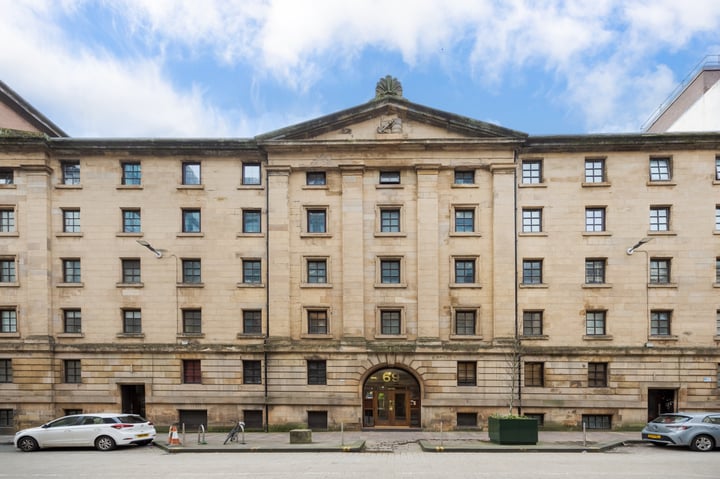
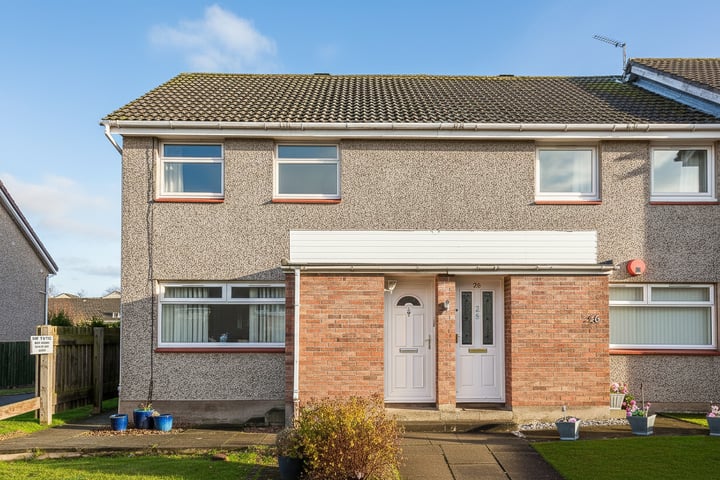
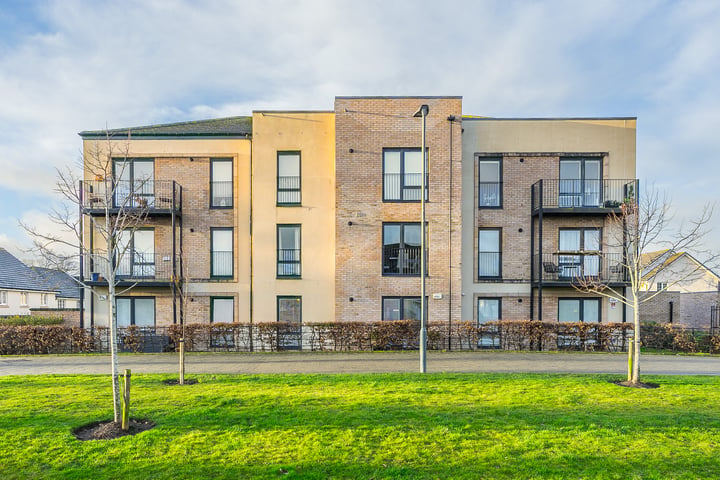
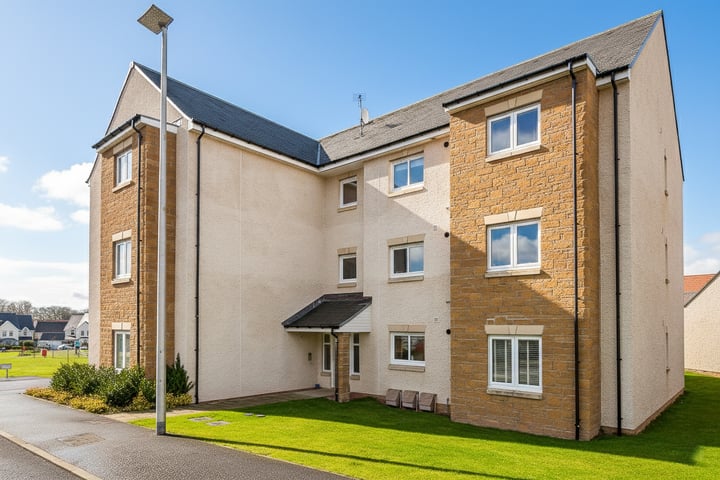
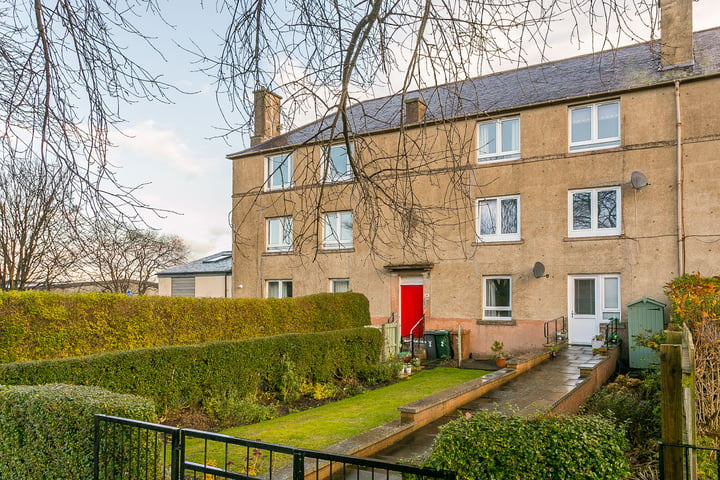

Leave a Reply